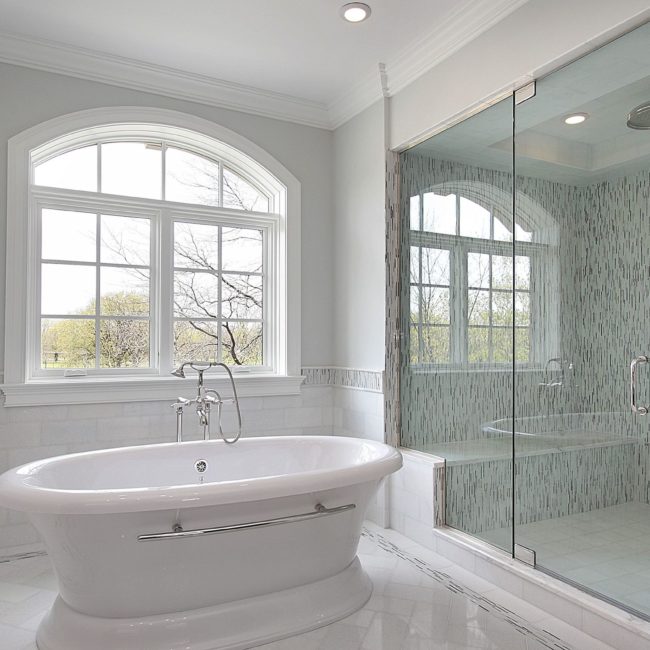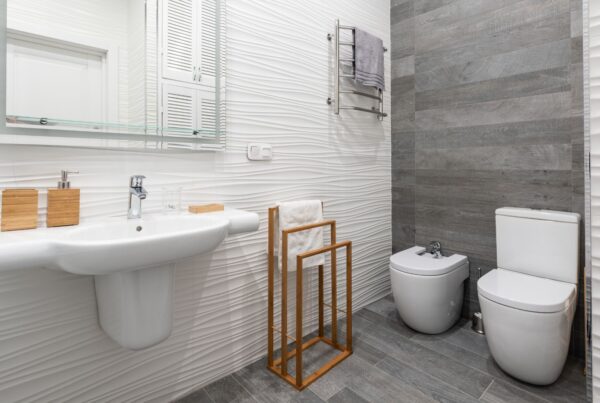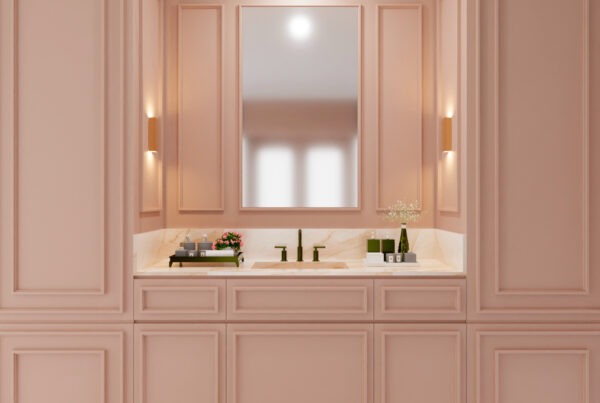
Many homeowners are not familiar with cork flooring for their bathrooms. This is a shame because cork is an excellent flooring material. It is aesthetically appealing as well as comfortable underfoot. In addition, it is a sustainable material. NV Kitchen and Bath presents all you need to know about this excellent material.
How to make it
Farmers harvest the cork from the bark of cork trees. These trees grow naturally in North Africa and southern parts of Europe. Manufacturers use the harvested cork to make wine corks. The scraps left behind from this process are what floor manufacturers will use to make cork flooring.
Advantages
Cork flooring in the bathroom is quite comfortable underfoot. This is because of its shock absorbent nature.
Cork flooring is also part of environmental sustainability. This is because it comes from a tree that naturally regrows its bark. There is also strict regulation on the harvesting of the barks to minimize damage. Furthermore, cork trees can live for more than two hundred years. Thus, they are a long-term sustainable and renewable resource.
Another advantage is that it is good for those with allergies. Cork floors do not accumulate dust. In addition, they contain a substance known as suberin. This substance fights off pests, mildew, and mold.
Disadvantages
One disadvantage of cork flooring is its high maintenance needs. Dirt can scratch its surface, thus it is advisable to seal it with wax.
The bathroom vanity can also leave a major dent on the floor. The best way to avoid this is placing the vanity on coasters. In addition, sunlight will also cause damage to the floor over time.
Before installing cork flooring in your bathroom, it is important to discuss it with your contractor. You need to find strategies of minimizing water infiltration and leakage into the floor.







